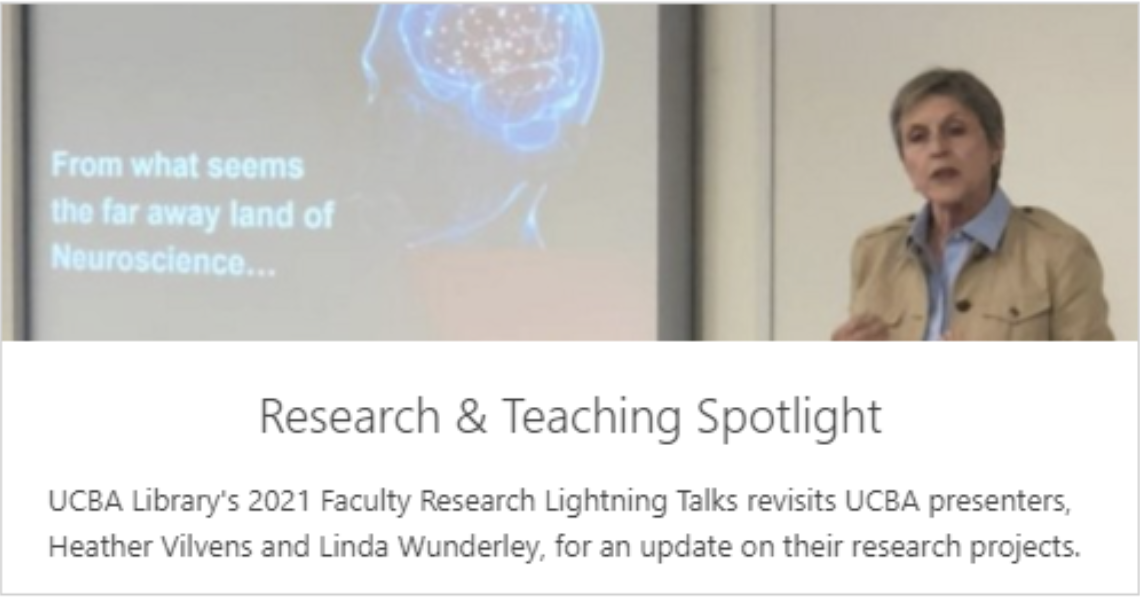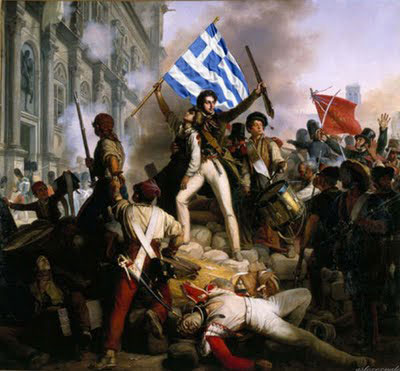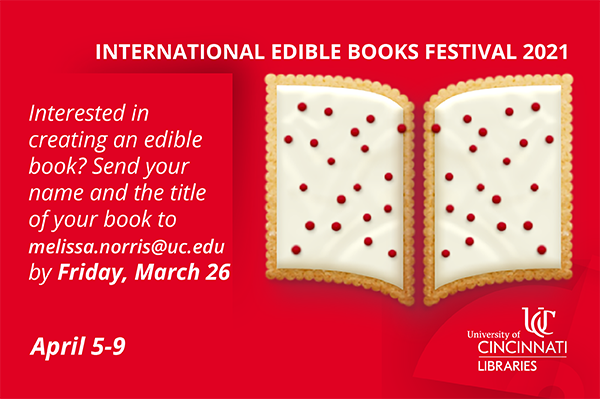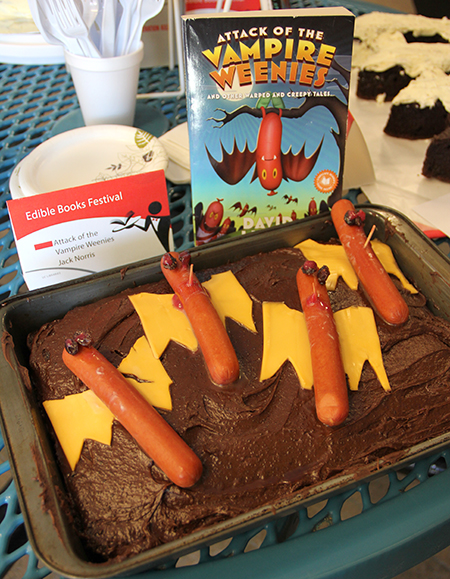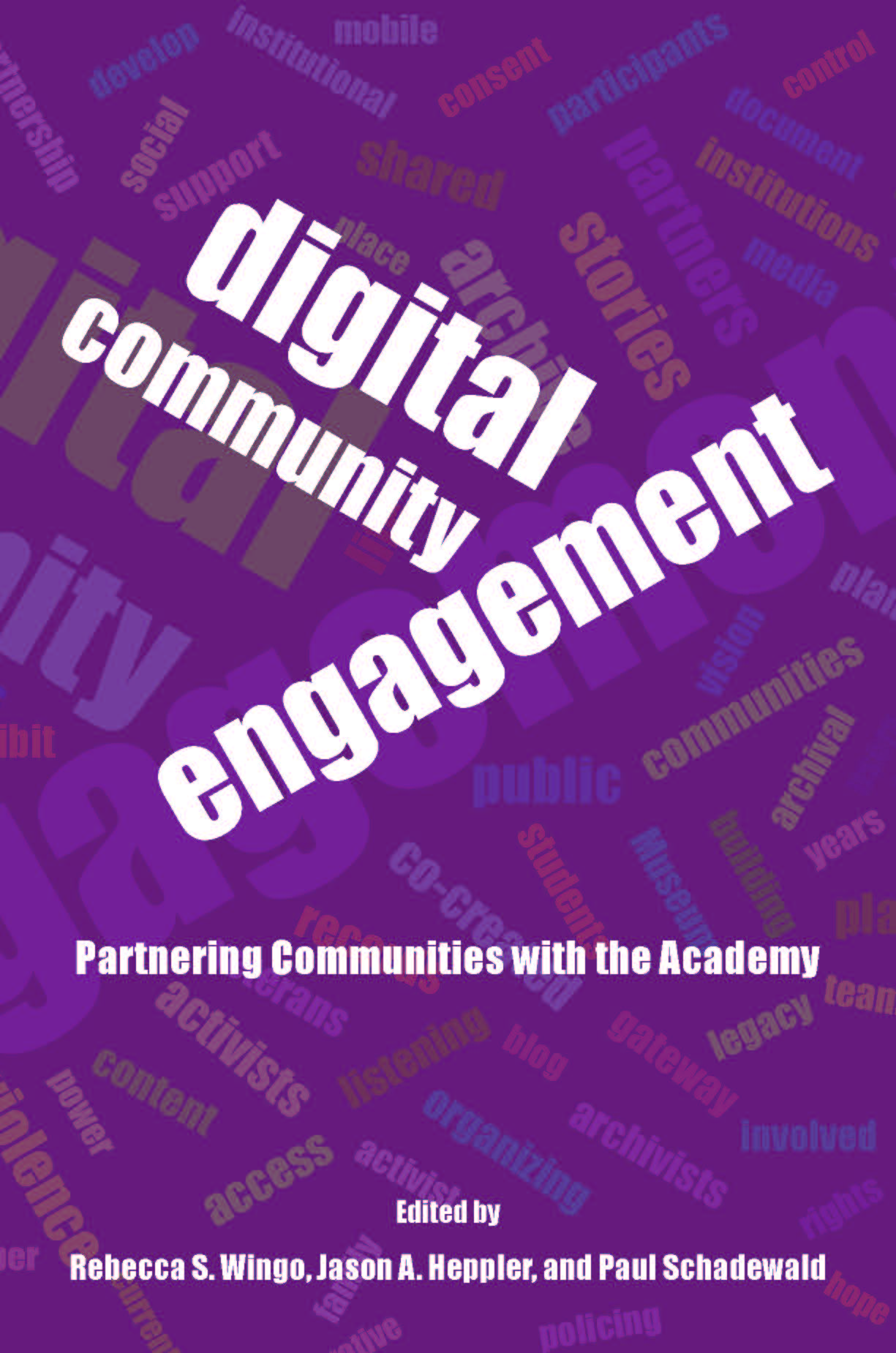
Ballet Russe de Monte Carlo by P. Davison,1940
The University of Cincinnati Art Collection, with over 4,200 works, is now available online for viewing, as well as to be used in teaching, research and in the creation of university exhibits.
Available at artcollection.uc.edu, users of the database can locate works by portfolio, through searching or by browsing by medium/technique, artist/maker or artwork classification. Once located in the database, individual items can be starred and then saved or printed in list format. In addition, the UC Art Collection website includes links to learn more about exhibits, related university collections and archives, the museum studies program and arts news.
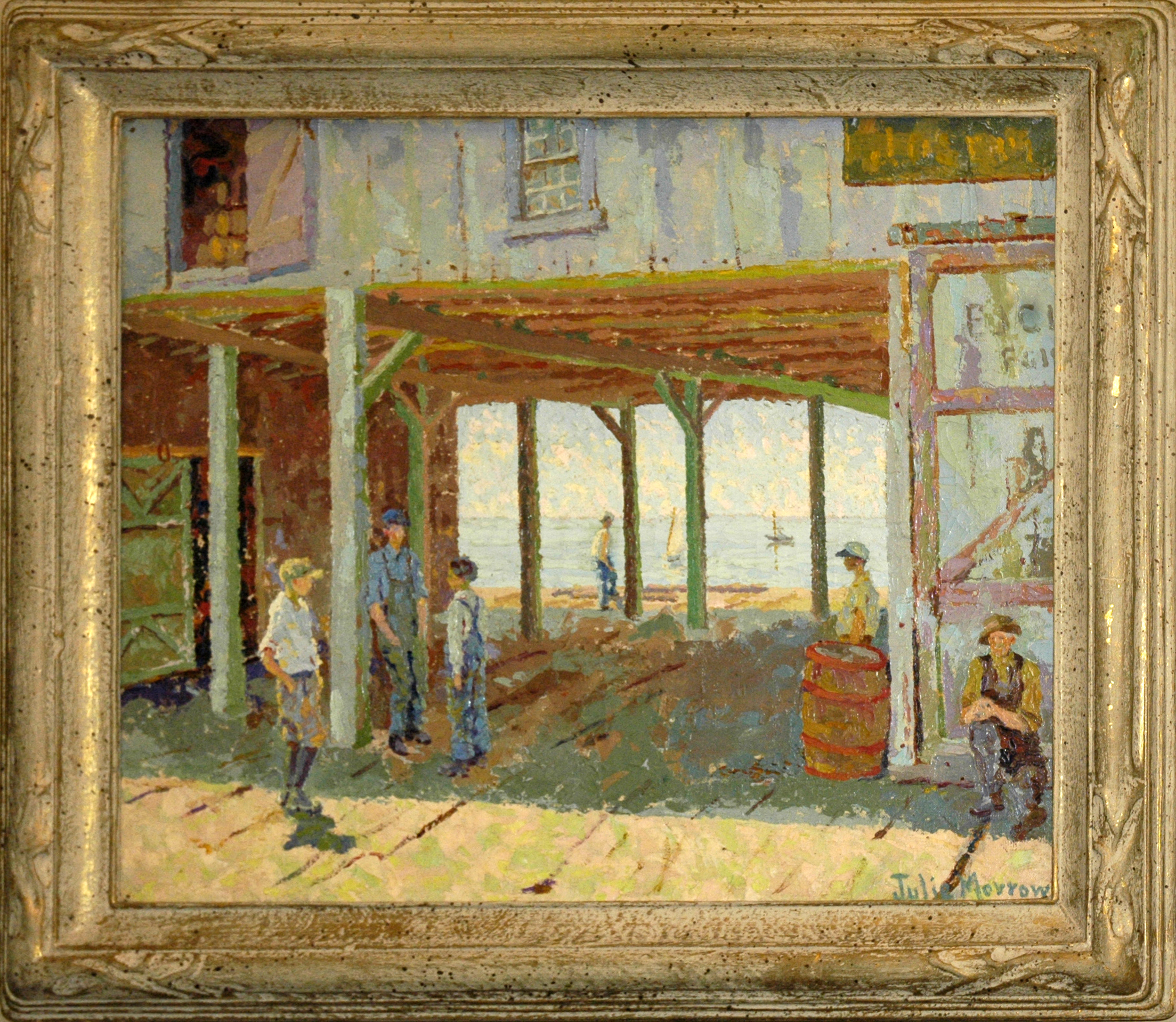
Nooning on the Pier by Julie Morrow DeForest
The UC Art Collection is international in scope and includes paintings, sculpture, prints, drawings, photographs, furniture, ceramics and decorative arts spanning five millennia, from ancient Greece to the present day. Works of art from the U.S. forms one of the core areas in the collection with the art of Cincinnati, especially that produced during the late-19th and early-20th centuries, as a particular strength with pieces from Elizabeth Nourse, Lewis Henry Meakin, Frank Harmon Myers, Herman Henry Wessel, Louis Charles Vogt and John Ellsworth Weis.
In 2020, the College of Design, Architecture, Art, and Planning (DAAP) and the University of Cincinnati Libraries announced a new collaboration to manage the collection and to bring more visibility, accessibility and use of this valuable resource. This creation of the database project has been made possible through the generous support of executive vice president for academic affairs and provost Kristi Nelson; Tim Jachna, dean of DAAP; Xuemao Wang, vice provost for digital scholarship and dean and university librarian; the Art Collection Executive Committee, the Art Collection Advisory Committee and Planning, Design + Construction.

